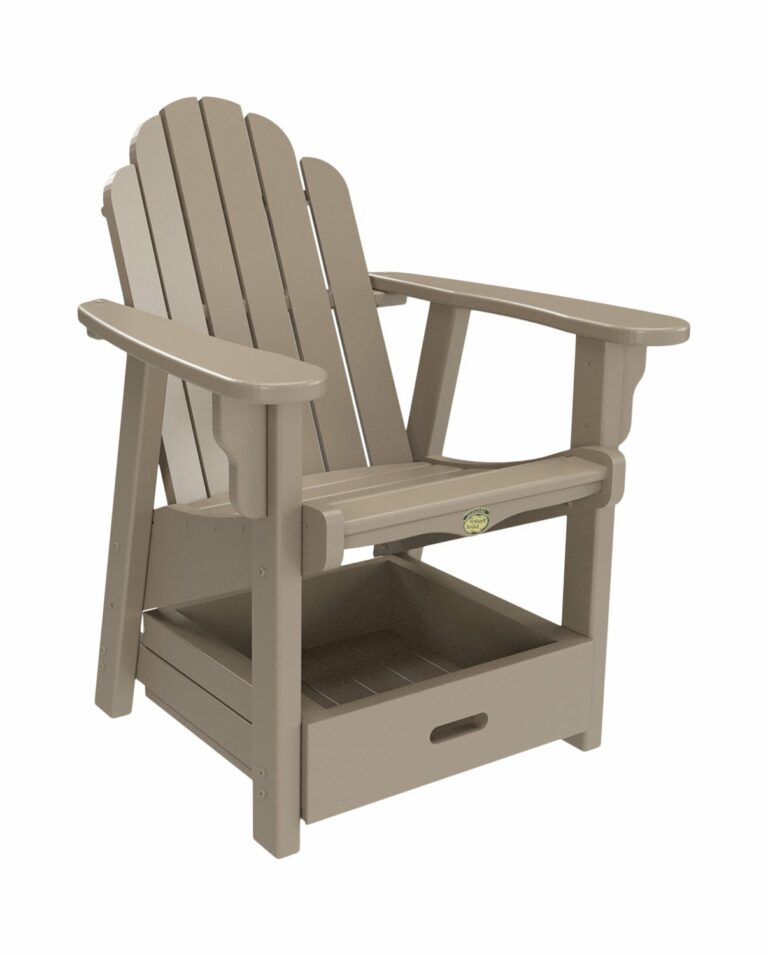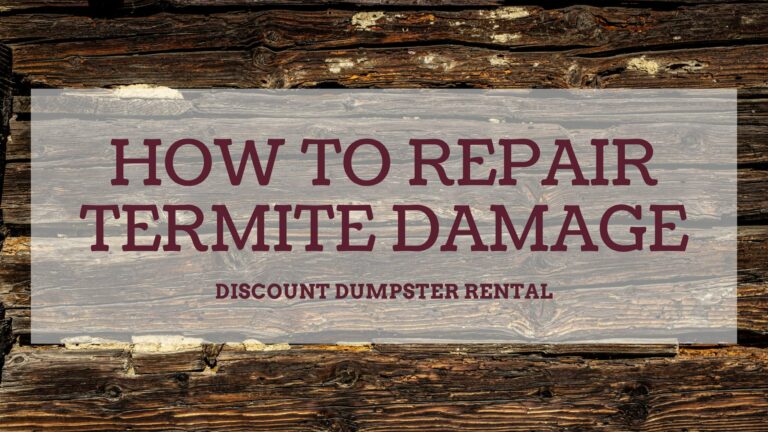Finding Mold & Mildew Resistant, Eco-Friendly Furniture For Humid Environments
Today Eco-Friendly Furniture For Humid Environments. If you’re in search of environmentally friendly furniture that can resist mold and mildew in humid areas, we have the solution!
As sustainable living becomes more important, it can be challenging to find furniture that is both eco-friendly and mold-resistant.
In this article, we’ll help you discover the ideal eco-friendly furniture that can endure humid conditions. Let’s delve into how to find mold and mildew-resistant, eco-friendly furniture for humid environments!
Eco-Friendly Furniture For Humid Environments:
Living in a humid place can cause mold and mildew to grow on furniture, leading to bad smells, health problems, and damage. If you need furniture that can resist these issues and is eco-friendly, this article will provide tips to help you choose the right one.
Choose Materials That are Naturally Resistant to Mold and Mildew:
When searching for furniture that is resistant to mold and mildew, it’s crucial to select materials that naturally repel these fungi. Here are some options to consider:
Teak Wood
Teak wood is a popular choice for outdoor furniture due to its natural resistance to moisture, mold, and mildew. It contains natural oils that act as a barrier, preventing the growth of fungi. Teak furniture is not only eco-friendly but also durable and long-lasting.
Cedar Wood
Cedar is another excellent choice for mold and mildew resistance. The natural oils present in cedar wood make it highly resistant to moisture, ensuring your furniture remains mold-free. Additionally, cedar has a pleasant aroma that acts as a natural insect repellent.
Bamboo
Bamboo is a sustainable and eco-friendly material that is also resistant to mold and mildew. It absorbs less water compared to other types of wood, reducing the risk of fungal growth. Bamboo furniture adds a unique and modern touch to any space while providing peace of mind against mold and mildew.
Look for Furniture with Natural or Non-Toxic Finishes:
Apart from the material itself, the finishes applied to furniture can also play a significant role in its resistance to mold and mildew. Opting for natural or non-toxic finishes ensures that you’re not introducing harmful chemicals into your home environment. Consider the following options:
Linseed Oil
Linseed oil is a natural finish derived from flax seeds. It enhances the wood’s natural beauty while providing a protective layer that repels mold and mildew. Furniture treated with linseed oil is safe for both humans and the environment.
Beeswax
Beeswax is another natural finish that not only protects the furniture but also gives it a warm and lustrous appearance. It acts as a moisture barrier, preventing mold and mildew growth. Beeswax is an eco-friendly alternative to synthetic waxes and polishes.
Shellac
Shellac, derived from the secretions of the lac beetle, is a natural resin used as a wood finish. It forms a protective coating on furniture, making it resistant to moisture and pests. Shellac is a renewable and non-toxic option that can help in your search for eco-friendly, mold-resistant furniture.
Consider Furniture with Good Ventilation and Air Circulation:
Proper ventilation plays a crucial role in preventing mold and mildew growth. When selecting furniture, look for designs that promote air circulation. This allows for increased evaporation of moisture, reducing the likelihood of fungal growth. Consider the following factors:
Open-Backed or Slatted Designs:
Furniture with open-back or slatted designs allows air to flow freely, preventing moisture from getting trapped. These designs are particularly suitable for couches, chairs, and bookshelves.
Breathable Upholstery Materials:
If you’re looking for upholstered furniture, choose materials that allow air to pass through easily. Fabrics like cotton and linen are breathable options that promote airflow and inhibit mold and mildew growth.
Properly Spaced Shelves:
For cabinets, bookshelves, or other storage furniture, ensure that the shelves have adequate spacing. This allows for better air circulation and reduces the chances of mold and mildew developing on stored items.
Look for Furniture Treated with Mold and Mildew Resistant Coatings:
In addition to natural resistance, some furniture may be treated with specialized coatings that provide extra protection against mold and mildew. These coatings create a barrier on the surface of the furniture, inhibiting fungal growth. Consider the following options:
Microban® Technology:
Microban® is a popular antimicrobial technology that can be applied to furniture. It works by disrupting the growth and reproduction of mold, mildew, and other microbes. Furniture treated with Microban® technology offers long-lasting protection against these unwanted visitors.
Silver Ion Technology:
Silver Ion technology is another effective option for mold and mildew resistance. Silver ions are embedded in the furniture’s coating, which prevents the growth of bacteria, fungi, and mold. This technology ensures long-term protection without harming the environment.
Research and Choose Eco-Friendly Furniture Brands:
To find mold and mildew-resistant eco-friendly furniture, it is important to carefully research and choose trusted brands that prioritize sustainability and excellence. Look for certifications such as the Forest Stewardship Council (FSC) for wood furniture or the Global Organic Textile Standard (GOTS) for upholstery. These certifications ensure that the furniture meets strict environmental and ethical standards.
Regular Maintenance and Cleaning:
Even with mold and mildew-resistant furniture, maintenance and proper cleaning are crucial to ensure their longevity and effectiveness. Follow these tips to keep your furniture in top shape:
Regular Dusting:
Dust and debris can contribute to moisture buildup, making it easier for mold and mildew to thrive. Regularly dust your furniture with a soft cloth or vacuum with a brush attachment to remove any accumulated particles.
Immediate Spill Cleanup:
In case of spills, promptly clean them up to prevent moisture from seeping into the furniture. Use a cloth or paper towel to blot the spill and avoid rubbing, as this can spread the liquid and potentially damage the furniture.
Proper Indoor Humidity Control:
Maintaining proper indoor humidity levels can greatly reduce the risk of mold and mildew growth. Invest in a dehumidifier or use air conditioning to keep your home’s humidity levels between 30% and 50%.
Mold and Mildew Removal:
In case mold or mildew does appear, it’s important to act promptly. Use a mixture of water and mild soap to gently scrub the affected area. Alternatively, you can use natural products like vinegar or hydrogen peroxide to kill the fungi.
Seek Professional Assistance:
If you’re dealing with persistent mold and mildew issues or need expert advice on finding the right furniture for your specific needs, consider seeking professional assistance. Mold remediation specialists or interior design professionals can provide tailored recommendations based on your location, climate, and lifestyle.
Faqs for Eco-Friendly Furniture For Humid Environments:
When searching for eco-friendly furniture that is resistant to mold and mildew in humid environments, look for materials such as solid wood (preferably sustainably sourced), bamboo, or rattan. These materials are known for their durability and natural resistance to moisture.
Yes, you can look for furniture that has certifications or labels such as FSC (Forest Stewardship Council) certification, indicating that the wood used in the furniture comes from responsibly managed forests. Additionally, look for furniture labeled as “mold and mildew resistant” or “suitable for humid environments.”
Avoid furniture made from synthetic materials such as particleboard, plywood, or PVC, as these materials are more susceptible to mold and mildew. It’s also best to steer clear of furniture treated with harsh chemicals or finishes that may be harmful to the environment.
You can find eco-friendly furniture with mold and mildew resistance at specialty eco-friendly furniture stores, sustainable home decor websites, or through online marketplaces that have dedicated eco-friendly sections. It may be helpful to search for specific keywords like “eco-friendly,” “mold-resistant,” or “humidity-resistant” to narrow down your options.
Yes, it is possible to make existing furniture more resistant to mold and mildew by applying a mold-resistant finish or sealant. There are eco-friendly products available that can provide a protective barrier against moisture and inhibit the growth of mold and mildew. It is important to thoroughly clean and dry the furniture before applying any sealants or finishes.
Apart from choosing eco-friendly furniture, it is essential to maintain a proper indoor humidity level and ensure good air circulation. Regularly clean and dust the furniture, and promptly address any signs of moisture or water damage. Using a dehumidifier can help control humidity levels in particularly humid environments.
Final Thoughts
To maintain a healthy and sustainable living space in humid environments, it is important to choose eco-friendly furniture that is resistant to mold and mildew. Materials like bamboo, teak, or rattan offer natural moisture resistance and sustainability. Opt for furniture with good ventilation, such as mesh or slatted designs, and use mold-resistant finishes to enhance durability. Making informed choices can help create a safe and comfortable environment while reducing environmental impact.

